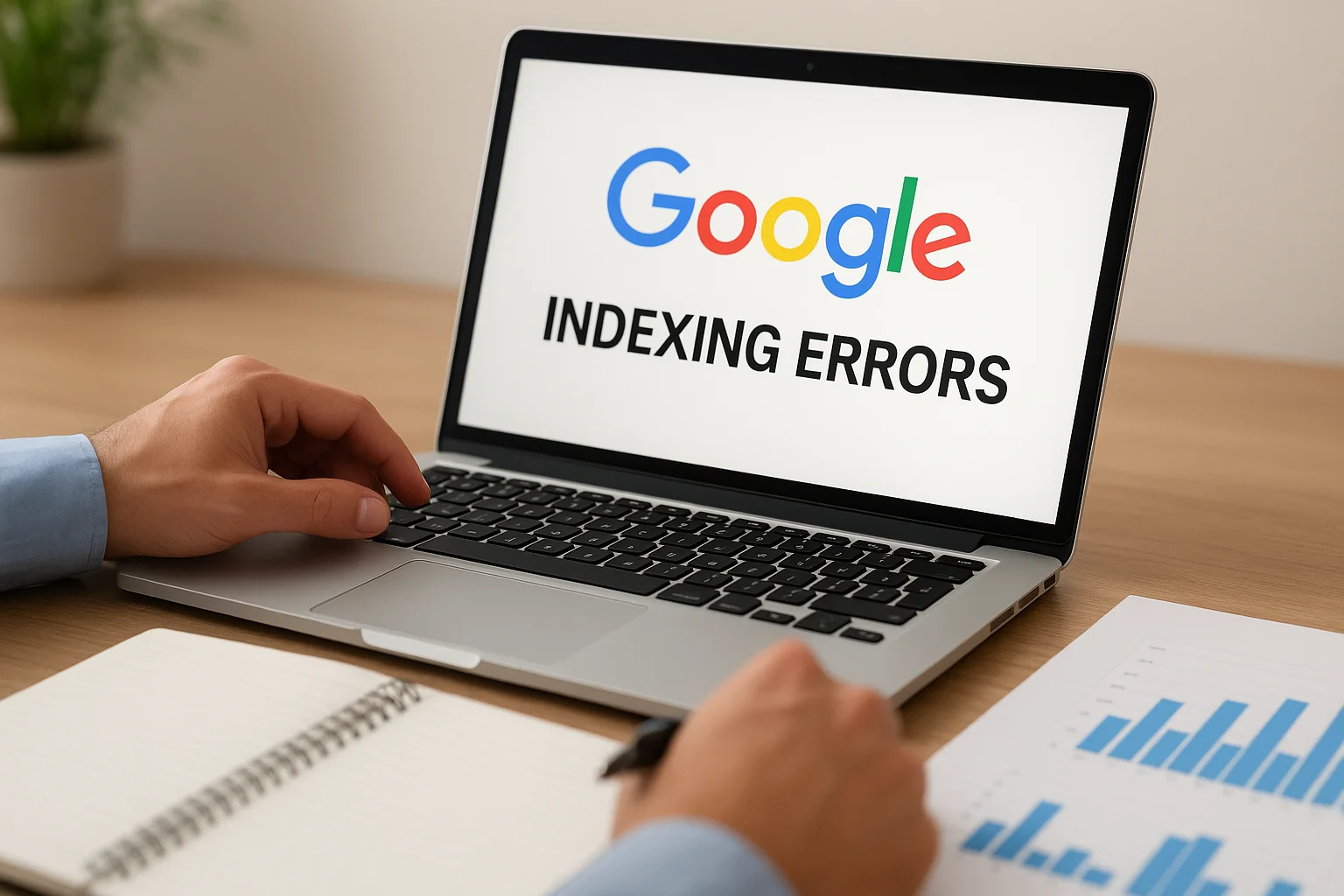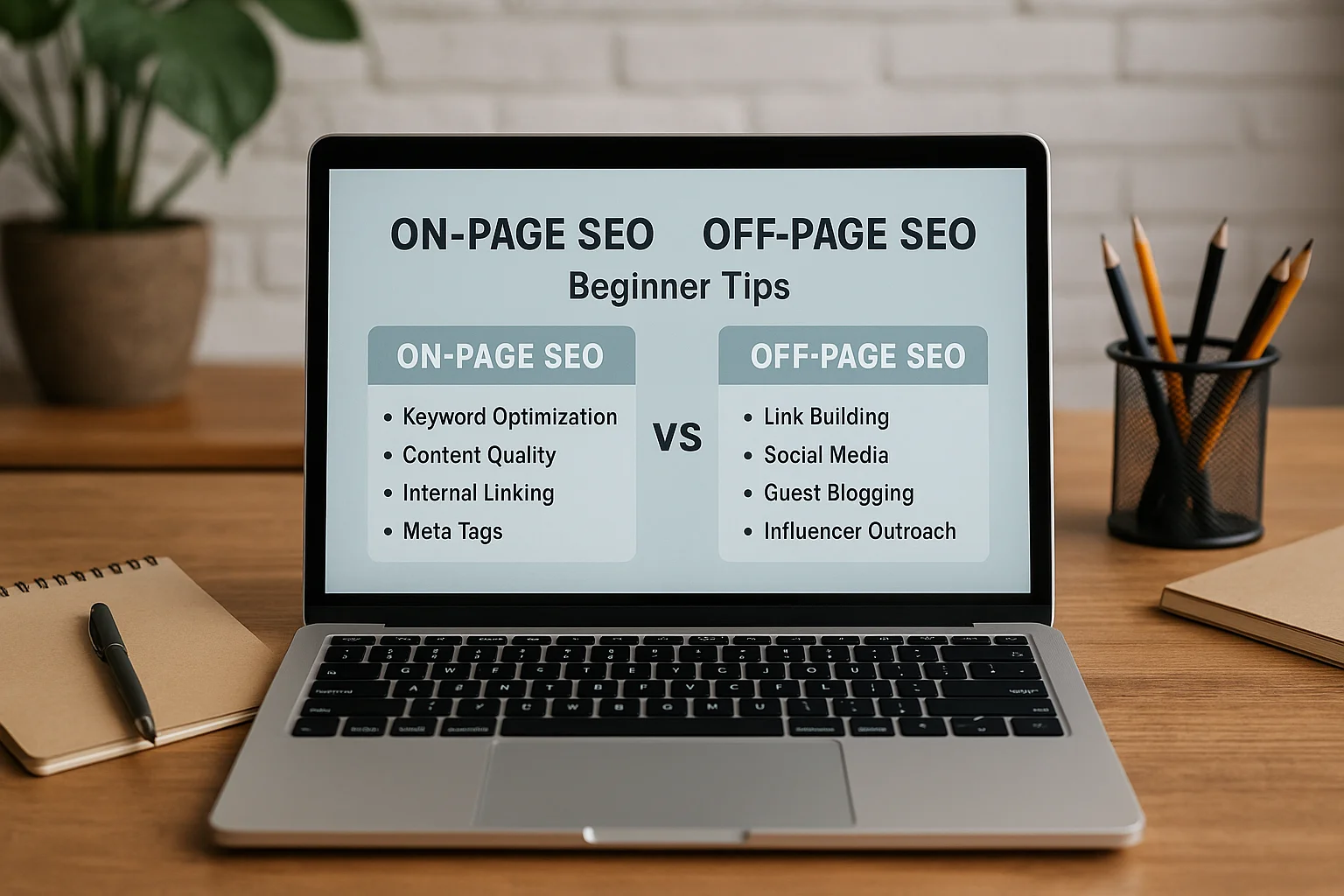How to Use Backlinks to Improve Your SEO

What Are Backlinks and Why Do They Matter?
Backlinks, also known as inbound links or incoming links, are links from one website that point to another website. They serve as a kind of vote of confidence or endorsement from one site to another. When a reputable site links to your content, it signals to search engines like Google that your website is trustworthy and valuable.
From an SEO perspective, backlinks are important because search engines use them as one of the key factors to determine the authority and relevance of a webpage. Essentially, the more high-quality backlinks a page has, the more likely it is to rank higher in search engine results pages (SERPs).
Not all backlinks are created equal. A backlink from a well-established, authoritative website in your industry holds much more weight than a link from a low-quality or spammy site. This is why the quality of backlinks is more important than the quantity.
Backlinks also help search engines discover new pages on the internet faster. When a page is linked from multiple other sites, crawlers can find and index it more efficiently, improving its visibility.
Moreover, backlinks can drive direct referral traffic to your website. Visitors who click on these links are often highly targeted and interested in your content, products, or services, which can increase engagement and conversion rates.
In summary, backlinks play a dual role in SEO: they enhance your site’s authority and relevance in the eyes of search engines, and they bring potential visitors directly to your pages. Understanding their importance is the first step toward developing an effective link-building strategy.
The Role of Backlinks in SEO
Backlinks serve as one of the foundational pillars of modern SEO. Their role extends beyond simple endorsements; they function as critical signals that help search engines evaluate the authority, trustworthiness, and relevance of a website.
When search engines like Google crawl the web, they follow backlinks to discover new content and understand the relationship between different pages. This process, called link crawling, enables search engines to build a complex web of connections that informs their ranking algorithms.
One of the most significant roles backlinks play is influencing the calculation of a page’s PageRank. Originally introduced by Google’s founders, PageRank assigns a numerical weight to each webpage based on the quantity and quality of links pointing to it. Pages with higher PageRank are generally considered more authoritative and tend to rank higher in search results.
Backlinks also contribute to SEO by helping to establish topical relevance. When multiple sites within the same niche link to your content, it signals to search engines that your website is a valuable resource within that subject area. This thematic relevance can improve your rankings for keywords related to that niche.
Furthermore, backlinks can affect how search engines interpret the popularity and credibility of your site. A diverse backlink profile coming from various domains, especially those with high domain authority, indicates a healthy and trustworthy site, which search engines reward with better rankings.
In addition to ranking benefits, backlinks also play a role in combating spam. Search engines use backlink patterns to detect unnatural linking behavior. Websites with spammy or manipulative backlink profiles risk penalties, which can drastically lower their visibility.
In summary, backlinks impact multiple aspects of SEO: from improving crawling efficiency and passing authority through PageRank, to signaling niche relevance and protecting against spam. Understanding their multifaceted role is key to leveraging backlinks effectively in your SEO strategy.
Types of Backlinks: Which Ones Count the Most?
Backlinks come in various forms, and understanding their differences is crucial for prioritizing your link-building efforts. While all backlinks can potentially help your SEO, some types carry more weight due to their quality, context, and placement.
1. Editorial Backlinks
These are the most valuable types of backlinks. They occur naturally when a website owner or author finds your content useful and decides to link to it as a reference or resource. Because these links are given voluntarily and are usually surrounded by relevant content, search engines view them as strong endorsements of your site’s credibility.
2. Guest Post Backlinks
Guest posting involves writing articles for other websites in your niche, which include a backlink to your own site. When done ethically and on authoritative sites, these backlinks are highly beneficial. They also help build relationships and increase your brand’s visibility.
3. Directory Backlinks
These come from submitting your site to online directories. While some directories are reputable and can provide value, many low-quality directories offer little SEO benefit and may even harm your rankings. Focus on niche-specific and well-moderated directories.
4. Comment Backlinks
Links placed in blog comments or forums often have limited SEO value, especially if they are “nofollow” links, which tell search engines not to pass authority. However, when thoughtfully placed in relevant discussions, they can still drive targeted traffic and improve brand awareness.
5. Sponsored or Paid Backlinks
Links obtained through paid placements should always use the rel="sponsored" attribute to comply with search engine guidelines. While these links can increase visibility, they do not pass SEO authority in the same way natural backlinks do and can lead to penalties if not properly disclosed.
6. Reciprocal Backlinks
These are mutual links exchanged between two websites. While they can be helpful in moderation, excessive reciprocal linking may be seen as manipulative by search engines, reducing their SEO value.
7. Social Media Backlinks
Links from social media platforms usually carry a “nofollow” attribute, meaning they do not directly improve SEO rankings. However, they can generate traffic and increase content visibility, indirectly benefiting your SEO efforts.
Which Backlinks Count the Most?
The most impactful backlinks are high-quality editorial links from authoritative and relevant websites. These links demonstrate genuine trust and relevance, which search engines reward generously. Backlinks that are contextual (embedded within relevant content), come from diverse domains, and use natural anchor text tend to carry the most SEO weight.
How to Identify High-Quality Backlink Opportunities
Finding high-quality backlink opportunities requires a strategic approach that goes beyond simply chasing the highest quantity of links. The goal is to secure backlinks from sites that will genuinely boost your authority and relevance in the eyes of search engines. Here are several key factors to consider when evaluating potential backlink sources:
1. Domain Authority and Trustworthiness
One of the most important indicators of a high-quality backlink is the authority of the linking website. Tools like Moz’s Domain Authority (DA) or Ahrefs’ Domain Rating (DR) help assess how strong and trustworthy a domain is. A backlink from a site with high authority can significantly improve your SEO, while links from low-authority or spammy sites might harm your rankings.
2. Relevance to Your Niche
Backlinks from websites that are topically related to your industry or content are much more valuable. Search engines consider the context around the link, so a backlink from a relevant site signals that your content is authoritative within that niche. For example, if you run a fitness blog, a backlink from a health or wellness site will be more impactful than one from an unrelated sector.
3. Traffic and Engagement Metrics
Besides authority, consider the amount of organic traffic the potential linking site receives. Websites with consistent, engaged audiences are more likely to send you meaningful referral traffic. Metrics like average session duration, bounce rate, and user interaction can give clues about the quality of the site’s visitors.
4. Link Placement and Surrounding Content
Where the backlink is placed on the page matters. Links embedded naturally within the main body of an article or blog post are more valuable than links buried in footers, sidebars, or comment sections. Additionally, the surrounding content should be relevant and informative, as it strengthens the link’s contextual value.
5. Anchor Text Quality
The clickable text of a backlink, known as the anchor text, plays a role in how search engines interpret the link. Descriptive and relevant anchor text helps signal what the linked page is about. However, over-optimized anchor text (excessive use of exact match keywords) can be seen as manipulative and should be avoided.
6. Link Attributes (Follow vs Nofollow)
Backlinks can be tagged with attributes such as rel="nofollow" or rel="sponsored", which tell search engines whether to pass SEO authority through the link. While follow links pass value and help SEO, nofollow links do not directly impact rankings. That said, a natural backlink profile usually includes a healthy mix of both.
7. Website’s Link Profile
Analyzing the backlink profile of a potential linking site is essential. A site that links out excessively to unrelated or low-quality websites may be flagged as spammy, reducing the value of its backlinks. Conversely, a site with a clean and relevant outbound linking pattern is a better candidate.
8. Avoiding Toxic Sites
Ensure the site you target is not associated with spam, malware, or penalties. Tools like Google’s Safe Browsing and backlink audit tools can help identify potentially harmful sites. Getting backlinks from toxic sources can damage your SEO efforts and lead to penalties.
By carefully analyzing these factors, you can focus your link-building efforts on opportunities that provide the highest SEO returns while protecting your site’s reputation and rankings.
Ready to showcase your project?
Join thousands of developers and entrepreneurs who have already listed their websites in our directory. Get discovered by potential users and grow your audience.
Free to list • Instant approval • No hidden fees
Frequently Asked Questions
What is a backlink?
Related articles

How to Optimize Your Project Pages for Faster Google Indexing
Boost your project pages’ visibility by speeding up Google indexing. Learn actionable strategies from URL optimization to structured data, internal linking, and content tips for faster search engine recognition.

Quick Fixes for Google Indexing Errors
Struggling with Google indexing errors? This guide explores quick and practical fixes to help your pages appear in search results faster. Learn how to resolve common issues like “Crawled – Not Indexed,” blocked URLs, and duplicate content while ensuring your site remains fully optimized for long-term SEO success.

SEO Trends to Watch in 2025 for Startups
Discover the key SEO trends shaping 2025 and learn how startups can adapt to stay competitive. From AI-powered search and voice optimization to EEAT and zero-click results, this guide explores practical strategies to boost online visibility and long-term growth.

The Impact of Core Web Vitals on Rankings and Conversions
Core Web Vitals are key performance metrics that Google uses to measure user experience. They influence not only search engine rankings but also how visitors interact with your website. A fast, stable, and responsive site improves visibility, boosts engagement, and increases conversions. Understanding and optimizing these metrics is essential for businesses looking to grow online.

Local SEO for Small Projects: A Practical Guide
Local SEO is essential for small projects aiming to attract nearby customers. This guide covers practical strategies—from Google Business optimization and keyword research to managing reviews and local links—to help your business get noticed locally and grow effectively.

SEO Myths That Are Holding Back Your Project
Many businesses waste time on outdated SEO advice. From overvaluing keywords to chasing low-quality links, myths can stall your growth. This post debunks common SEO misconceptions and shows what strategies truly drive results.

On-Page vs Off-Page SEO: A Beginner’s Guide
SEO can be confusing for beginners, but understanding the difference between On-Page and Off-Page SEO is essential. On-Page SEO focuses on optimizing your website’s content and structure, while Off-Page SEO builds authority through backlinks and online presence. This guide breaks down the basics to help you start improving your site’s search rankings today.

The Importance of Site Speed for SEO and User Experience
Site speed is a critical factor for both search engine rankings and user experience. Slow-loading pages frustrate visitors, increase bounce rates, and hurt conversions. This article explores why speed matters, how it affects SEO, and practical tips to make your website faster.

How to Perform a Simple SEO Audit for Your Website
Conducting an SEO audit doesn’t need to be complex. With a few simple steps, you can evaluate your site’s performance, uncover technical issues, optimize on-page elements, and strengthen your SEO strategy. This guide will walk you through the essential checks to ensure your website is both search engine and user-friendly.